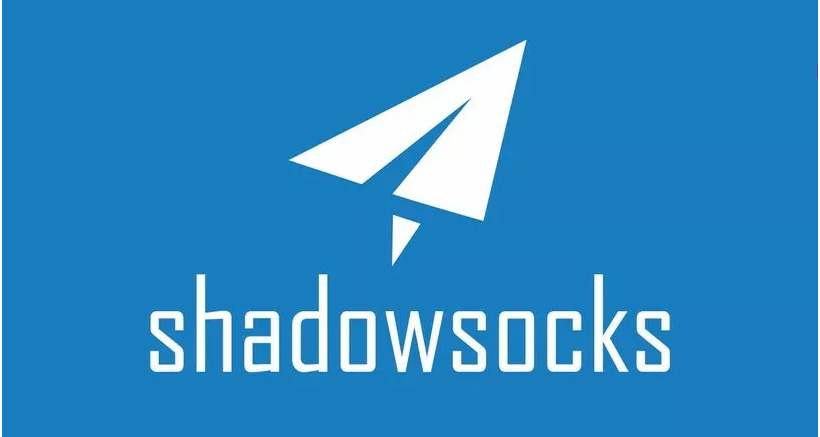Before we dive into the solution, let’s understand about Bitcoin and the Mempool.
Bitcoin, a decentralized digital currency created in 2009 by Satoshi Nakamoto, relies on a network of computers to validate transactions. Its innovative blockchain technology ensures transparency and security. Bitcoin’s finite supply and cryptographic protocols make it both an investment opportunity and a challenger to traditional financial systems.

The mempool, short for “memory pool,” is a crucial component of the Bitcoin network. It serves as a temporary storage area for pending Bitcoin transactions that have been broadcast to the network but have not yet been confirmed by miners and added to the blockchain.

When a Bitcoin transaction is initiated, it is broadcast to all nodes in the network. These nodes store the transaction in their respective mempools. Miners then select transactions from the mempool to include in the next block they are attempting to mine.
Why do Bitcoin Transaction Get Stuck?
When a Bitcoin transaction is initiated, it enters the mempool, where it awaits confirmation by miners. Ideally, transactions are confirmed roughly every ten minutes, but congestion on the Bitcoin network can delay this process. Network congestion often arises due to sudden spikes in transaction volume or fluctuations in the global hashrate, which represents the total computing power dedicated to mining.
Various factors, such as regulatory crackdowns or natural disasters, can impact the hashrate, influencing transaction processing times. During periods of congestion, transactions with higher fees are prioritized by miners, while those with lower fees may experience delays. The fee paid for a transaction determines its priority, with higher fees increasing the likelihood of prompt confirmation. Consequently, users may experience delays if their transaction fees are below the average for the current network conditions.
How to Fix the Transaction Stuck?
There is main two main methods that can help for fast transaction:
- Child Pays For Parent (CPFP)
- Replace By Fee (RBF)
1) Child Pays For Parent (CPFP)
A Child-Pays-for-Parent (CPFP) transaction enables a recipient to enhance the appeal of an incoming stuck transaction to miners by sending a subsequent transaction with a higher fee. Since the subsequent transaction, known as the child transaction, depends on the original transaction’s confirmation, miners are incentivized to process both transactions promptly. While this method doesn’t ensure immediate inclusion in the next block, it boosts the likelihood of confirmation.
It’s advisable to ensure that the combined fees for both transactions substantially exceed the standard fee requirement for optimal results. Although many wallets offer user-friendly CPFP interfaces, the ease of use may vary depending on the platform.
2) Replace By Fee (RBF)
RBF, or Replace-By-Fee, is a feature in Bitcoin transactions that allows users to increase the fee of an unconfirmed transaction. This enables users to expedite the processing of their transactions, especially if they initially set a low fee that resulted in the transaction getting stuck in the mempool.
With RBF, users can broadcast a new transaction with a higher fee, effectively replacing the original transaction in the mempool. This flexibility empowers users to manage their transactions more efficiently, ensuring timely confirmation even in periods of network congestion. However, not all wallets and services support RBF, so users should check their wallet’s capabilities before relying on this feature. This mechanism is best illustrated through an example.
- A user initiates a transaction with the minimum fee of 1 satoshi per byte. Despite being the lowest possible fee, the transaction remains in the mempool for several days without any confirmations. Eventually, the user recognizes that the transaction is unlikely to be processed promptly.
- Instead of waiting, they transmit a fresh transaction that mirrors the previous one but includes a higher fee.
- Miners will receive both the fees from the new transaction and those from the original transaction by confirming the new transaction.
Bear in mind, however, that RBF should be enabled in your wallet before you send your transaction.
To address a stuck Bitcoin transaction in the mempool, consider increasing the fee, utilizing Replace-By-Fee or Child-Pays-for-Parent methods, or contacting your wallet provider for assistance. With patience and understanding of network dynamics, users can navigate transaction delays effectively and ensure timely confirmations.


